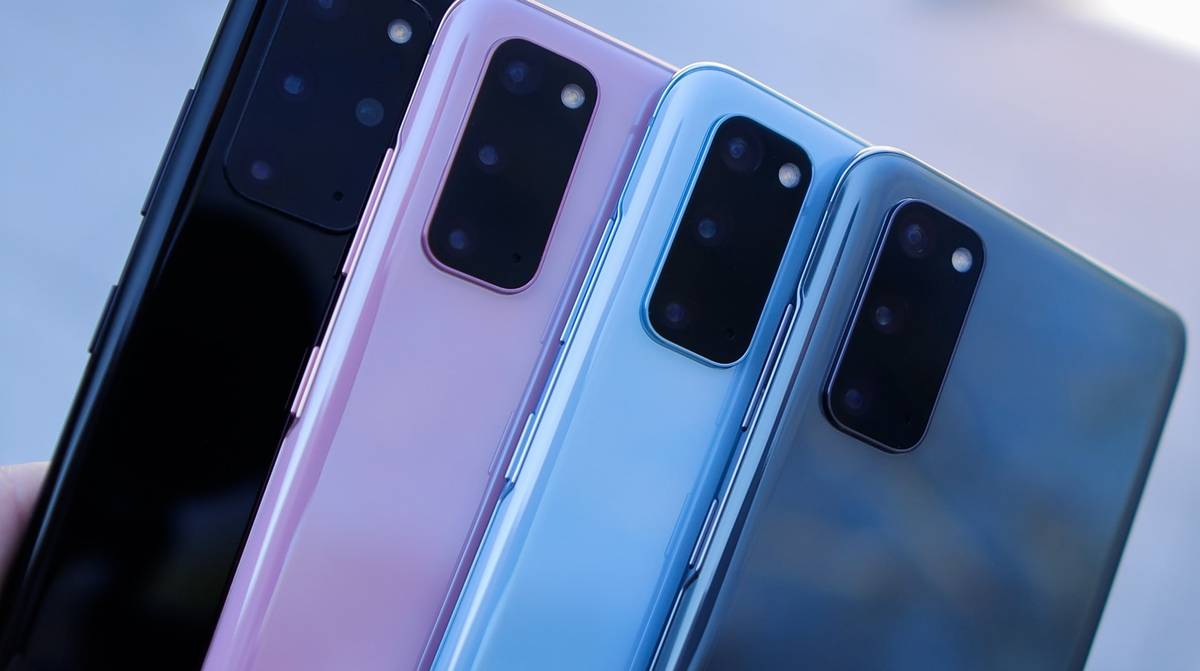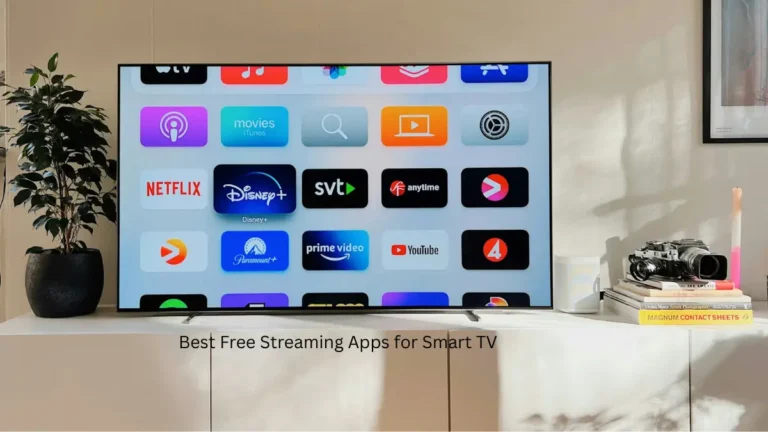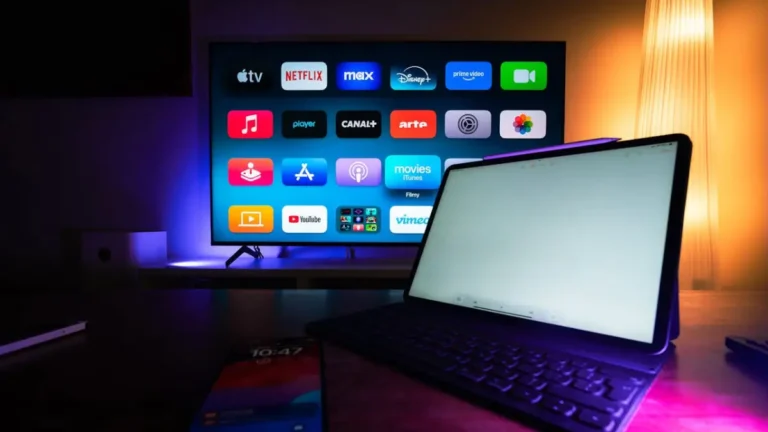It’s not easy choosing a new smartphone from Samsung. They release dozens of phones every year, each attached to one of several different lines of smartphones. With so many options, it can be overwhelming to choose one. Here are some key points to consider when buying a Samsung. Let’s face it: smartphones are not cheap. And you don’t want to waste money on a phone that doesn’t work as promised.
Creating high-quality premium products
While the company may have started off as a manufacturer of cheap Japanese products, in 1993, Chairman Lee Kun-Hee re-positioned the company as a global leader in technology and design. To achieve this, Samsung spent billions of dollars on building a world-class brand and reinventing itself from a low-cost producer into a premium product. The company now has seven global design centers where it seeks to create new products and services that are both beautiful and useful.
Although Samsung had been behind in the smartphone market for several years, it eventually made strides by creating a luxury Android phone. While the first Galaxy S smartphone was a flop, the company’s success came after a long and difficult road. Samsung was so far behind the competition in the smartphone industry that it was reliant on carriers to sell its phones. Because Samsung didn’t have a strong brand, consumers had a hard time choosing between its smartphones and the iPhone or BlackBerry.
Samsung has also made an increasingly noticeable effort to engage with consumers through a variety of platforms. In October 2014, it signed a sponsorship deal with the Rugby Football Union to become the official consumer electronics, smartphone and home technology provider of the rugby team. This has resulted in heightened brand awareness among sports-loving consumer groups around the world. Samsung also sponsored a music festival in Las Vegas attended by over 60,000 people.
In order to compete in the premium smartphone market, Samsung must develop a strong brand architecture and portfolio strategy. Apple has spent millions of dollars on building its brand and can focus on the premium segment, while Samsung must work to resolve the conflict between its value-based offerings and premium offerings. Nevertheless, Samsung should not give up on its value-oriented approach to the consumer market. However, to remain competitive, it must find a way to differentiate itself from Apple’s iPhones and its iPads.
Although Samsung has always been committed to quality, its recent saga in the Galaxy Note 7 scandal has made many consumers question the company’s quality control efforts. In September 2016, the company was forced to recall over one million Galaxy Note 7 phones worldwide because of a battery issue. As a result, multiple incidents of fire and explosion resulted in property and personal damages. The saga lasted nearly three months and significantly impacted Samsung’s product confidence and reputation.
Building design competency in-house
Despite the difficulties of the digital age, the company has remained committed to design, with more than 1,600 designers working in-house. The designers work in multidisciplinary teams, which include ethnographers, musicians, and writers. With their help, the company has built a solid track record in design. Its televisions often defy conventional styles, and the Galaxy Note series has spawned multiple competitors. Samsung’s leaders turn to designers to imagine the company’s future and its customers’ needs.
The success of the shift can be traced to Samsung’s decision to build design capability in-house. It created a dedicated corps of designers who overcame internal resistance and pursued innovation using the same tools and processes. These designers helped embed design thinking across the organization, providing a framework for reevaluating products in the face of dramatic technological change. Today, Samsung designers are working on a variety of product concepts, from mobile phones to televisions.
To achieve this goal, Samsung must ensure that the product’s component parts are superior to those of its competitors. By making the components better than competitors’, Samsung will become indispensable in that particular market segment. Meanwhile, if competitors are forced to ship inferior solutions, Samsung will gain even more market share. And because design is an essential part of innovation and creativity, Samsung will continue to invest in this area. But in order to achieve these goals, Samsung must rethink its core competency.
Developing design competency in-house means investing in people who know the business best. The design team needs to be able to collaborate across regions. By building up design expertise in this way, Samsung will not only deliver better products than its competitors, but it will also help to leverage the company’s global reach. Managing capabilities and communicating effectively across regions is the key to leveraging organizational design. In addition to hiring a new designer, Samsung has adapted its design process to be more efficient and productive.
Emulating Apple
You may be wondering why you should use an emulator for Apple on Samsung phones, but the answer is simple. You can get a Samsung phone to run iOS apps, but they will not function properly without the proper emulator. Luckily, Android phones have a built-in support for iOS devices. Emulating Apple on Samsung phones can be a great way to experience the iOS experience without spending too much money on the device.
You can download an iOS emulator for your Android device. This will let you run iOS apps, such as games. Those apps are usually restricted and incompatible with Android, so you might be able to find a good iOS emulator. This way, you can run iOS games on your Samsung phone and play them in a virtual environment. You can try various iOS emulators, and you may want to get a second opinion before deciding on a particular one.
Another way to get around Apple’s ‘walled garden’ ecosystem is by installing an app called iTest. This app enables iPhone users to experience the iOS environment on a Samsung phone. It’s currently advertised in New Zealand, but it’s accessible globally. You should expect to see advertisements for it globally in the near future. In the meantime, you can install an emulator for your Samsung phone and give it a try. It will be fun, and it may even change your life!
If you’re considering using an iOS emulator, you’ll need to have a lot of free space on your Android device. Emulators for Android can sometimes have a hard time running applications, so make sure you have enough storage and RAM. A good emulator should have enough RAM to run your applications without any lags or crashes. It should also be free of viruses. It will not eat up more than 500MB of RAM, so you should have plenty of space.
IEMU Apple Emulator is a popular option because it works on 98% of Android devices. The number of compatible iOS apps is growing rapidly. For those who are using an unrooted device, IEMU Apple Emulator is another good choice. IEMU is free to download and install, and you can choose to use it even if you don’t have root access. IEMU is one of the most reliable Android iOS emulators on the market.
Creating products that are easy to buy
Samsung is creating products that are easy to buy. Its focus on design has resulted in a global presence. Unlike many Chinese manufacturers, Samsung has a presence in the United States. People can easily buy phones, accessories, and other parts, and they don’t have to deal with a variety of sales channels. The company is also focusing on design integration, risk, and ease of use.
In order to succeed in this space, innovation must begin with an understanding of the mind-set of consumers. The company has a rich heritage of designing for the user. Its design process begins with the creation of multidisciplinary teams that include ethnographers, musicians, writers, and marketers. This diverse team approach enables the company to overcome internal resistance and pursue innovations without compromising the integrity of the brand’s heritage. In the face of dramatic technological change, Samsung’s design teams have developed a framework that guides the company through this challenging process.
The company’s mobile division is the only one of the three companies that survived the smartphone revolution led by Apple. Samsung’s smartphone sales fueled record earnings in 2013, and the company’s television division has been leading the market for more than a decade. Models include Bordeaux, Touch of Color, One Design, and Curved Smart. Samsung has been leading the global TV market for years, and many consumers are impressed with its innovative designs and user-friendly functionality.




